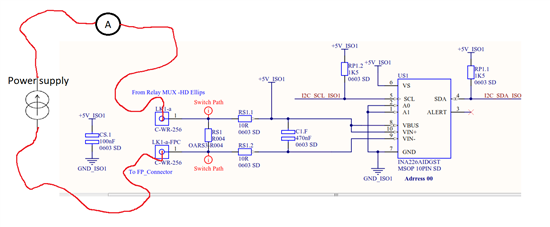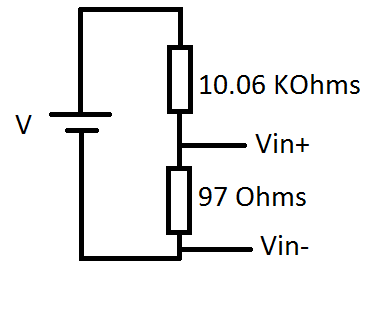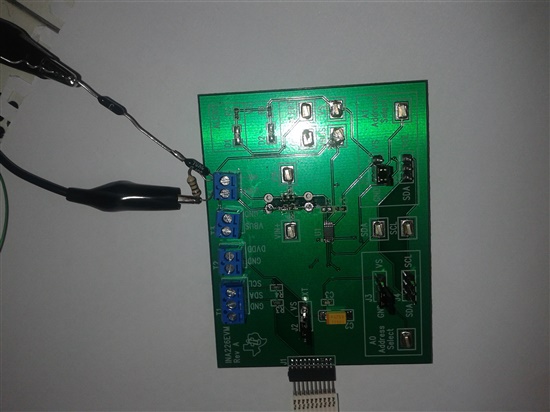Hi everybody,
I hope you are well.
I try to measure the current through a resistance of 4mOhms. I notice an "osciallation" of 550uV and an offset of 300uV. The osciloscope is not enough precise to display this oscillation. I'am using the evaluation board. The device is used in shunt voltage triggred mode with 1 average and 140us conversion time.
Here is the layout :
Here is the measure obtained :
|
Current (mA) measure by the DMM |
-2010 |
0 |
1992 |
|
Current(mA) measure by the INA226 |
-2055 to -2194 |
9.76 to 43.9 |
1922 to 2073 |
|
Current(uV) measure by the INA226 |
-8225 to -8780 |
40 to 300 |
7697 to 8295 |
If you have any question let me know. I expect to have a more accurate value.?
Thank you for you help.




